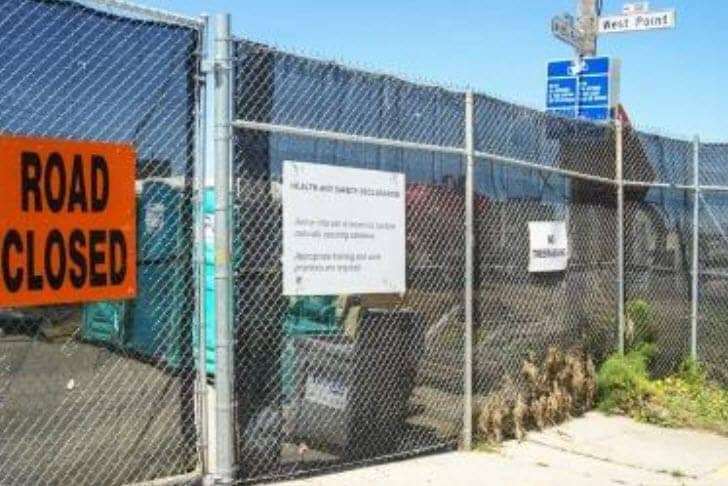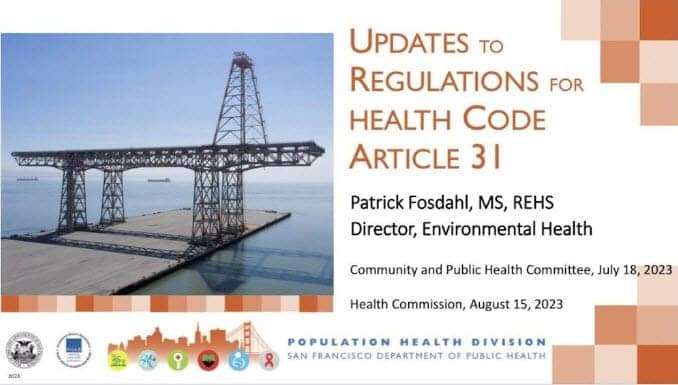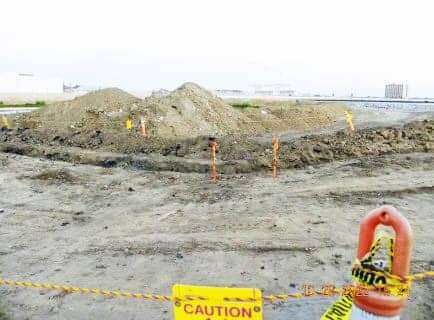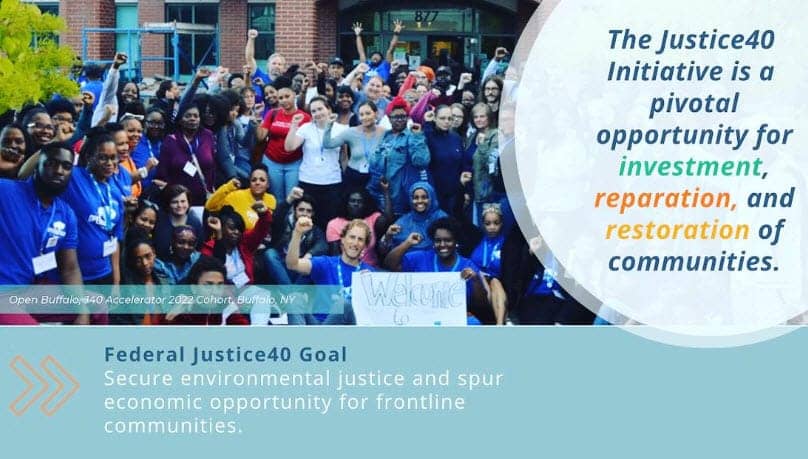
by Ahimsa Porter Sumchai MD
“There are three classes of people: those who see, those who see when they are shown and those who do not see.” – Leonardo da Vinci
You might have thought the discussion was about the meticulous oversight of gold ore, not about moving dirt at a radiation contaminated federal Superfund site. On Aug. 15, 2023, the San Francisco Health Commission met to approve amendments to Article 31 of the Health Code to streamline and make it easier to accept the dirty transfer of properties at the Hunters Point Naval Shipyard.
Article 31 was adopted at a meeting of the Health Commission I spoke at on Dec. 12, 2004, in the company of a delegation that included SF Bay View Publisher Dr. Willie Ratcliff and Marie Harrison. The minutes of the meeting document my dissent on the grounds that Article 31 serves as a law that codifies the Health Department’s conflict of interest with the shipyard’s master developers, Lennar and Five Point Holdings.
The cruel irony of Article 31 is the Health Code offers no direct services to populations whose health is being compromised by the dirty development of the Hunters Point Naval Shipyard. Article 31 relegates the Health Department to a “wing” of the Redevelopment Agency and establishes the Department of Public Health as a revenue generating enterprise department of San Francisco city government.
According to the memo dated Aug. 15, 2023, from Environmental Health Director Patrick Fosdahl to Health commissioners on the subject:

Revisions to Health Code Article 31 Regulations:
“The Hunters Point Naval Shipyard is a Federal Superfund Site … As parcels are cleaned, they are transferred to the Office of Community Investment and Infrastructure (OCII). OCII has development agreements with for-profit developers (i.e.: Lennar and, in the future, Fivepoint) for the project including the infrastructure, parks and residences that include below-market-rate units. OCII also has agreements with 100% affordable housing developers for particular blocks.”
What the publicly posted memo fails to state is that revenue generated by earth moving activities on a Superfund property assigned an EPA Hazard Score of 80 (50 being average) flows via the for-profit developers through OCII to the San Francisco Department of Public Health.
The principal moral, ethical and medico-legal dilemma evident in the Health Commission’s reaffirming vote to streamline the transfer of the shipyard’s most heavily contaminated parcels is the steady and potentially growing revenue stream generated by the adoption of Article 31 is its blinding influence on the Health Department’s principal mission: to protect public health!
In the echoing words of Leonardo da Vinci, there are three classes of people. The second class is those who see when they are shown. The Health Department archives vast epidemiological evidence of human exposures to toxic pollutants in the city’s heavily industrialized southeast sector. But the San Francisco Public Health Department does not see even when shown!

The Health Department fails to see its own epidemiological evidence of the damaging effects on human health and safety of the Hunters Point Redevelopment project. Even worse, the Health Department fails to divert funds it “launders” through OCII from for-profit developers toward protective measures to prevent human exposures from deep soil excavations occurring on a federal Superfund property — within 50 feet of city streets, private homes, public housing, community churches and children’s playgrounds. This is surely Environmental Injustice!
Measures like mining industry dust curtains, medical monitoring of residents and workers within the one mile buffer zone and enforcement of Proposition 65 violations actively occurring along the entire western fence line of the base would save lives in this Black community.
The failure of Article 31 to include human health protective mitigating measures in a 45% African American community constitutes environmental injustice!
In a March 2019 memo, former Health Officer Tomas Aragon used GBCR data to identify a 31% increase in lung cancer incidence among men, which he said was caused by smoking. Yet in this maligned city neighborhood, indoor smoking rates are only 4%.
Research by Dr. Frances Taylor, lead investigator on a SFDPH study published in the San Francisco Chronicle on Aug. 18, 1995, documented an increased breast cancer incidence among women living in census tracts adjacent to the shipyard. That research identified women in their 20s. African American women under 50 accounted for much of the higher incidence of breast cancer. Their breast cancer rate is double that of San Francisco.
The Hunters Point Community Biomonitoring Program has detected and geospatially mapped a unique cluster of breast cancer cases that encircle the base within its half mile perimeter. Radiogenic breast cancer is defined by the Atom Bomb Registry as cancers in women as young as 20 induced by exposure to ionizing radiation during late childhood or early teens when mitotic activity in the breast is awakened by puberty.
In 2015, the California Council on Science and Technology reviewed existing scientific studies and determined that, from a public health perspective, the most significant exposures to toxic air contaminants occur within one-half mile of an industrial operation and recommended the state of California develop science-backed setback requirements to limit human exposures.
Conclusion of the 2010-2011 Superior Court Civil Grand Jury Investigation of the Hunters Point Naval Shipyard:
“The Jury found the city has placed itself in a potentially compromising position with Lennar where in essence the wolf is paying the shepherd to guard the flock. By having the developer, Lennar, reimburse the city for expenses associated with the Hunters Point Shipyard development project, SFDPH has created a situation that could raise doubts in the public’s mind about its commitment to enforce environment regulations when it might adversely impact Lennar.”
The Health Department fails to see – because Article 31 blinds the city agency tasked with protecting human health – the clear fact that the “dirt at Hunters Point” is not a gold mine. It is nuclear waste. It threatens the safety of the city of San Francisco.

SF Bay View Health and Environmental Science Editor Ahimsa Porter Sumchai, MD, PD, founder and principal investigator for the Hunters Point Community Biomonitoring Program, founding chair of the Hunters Point Naval Shipyard Restoration Advisory Board’s Radiological Subcommittee and contributor to the 2005 Draft Historical Radiological Assessment, can be reached at AhimsaPorterSumchaiMD@Comcast.net. Dr. Sumchai is medical director of Golden State MD Health & Wellness, a UCSF and Stanford trained author and researcher, and a member of the UCSF Medical Alumni Association Board of Directors.
This report for Community Window on Environmental Exposures is supported by CalEPA EJ Grant No. G21-EJ-030.





